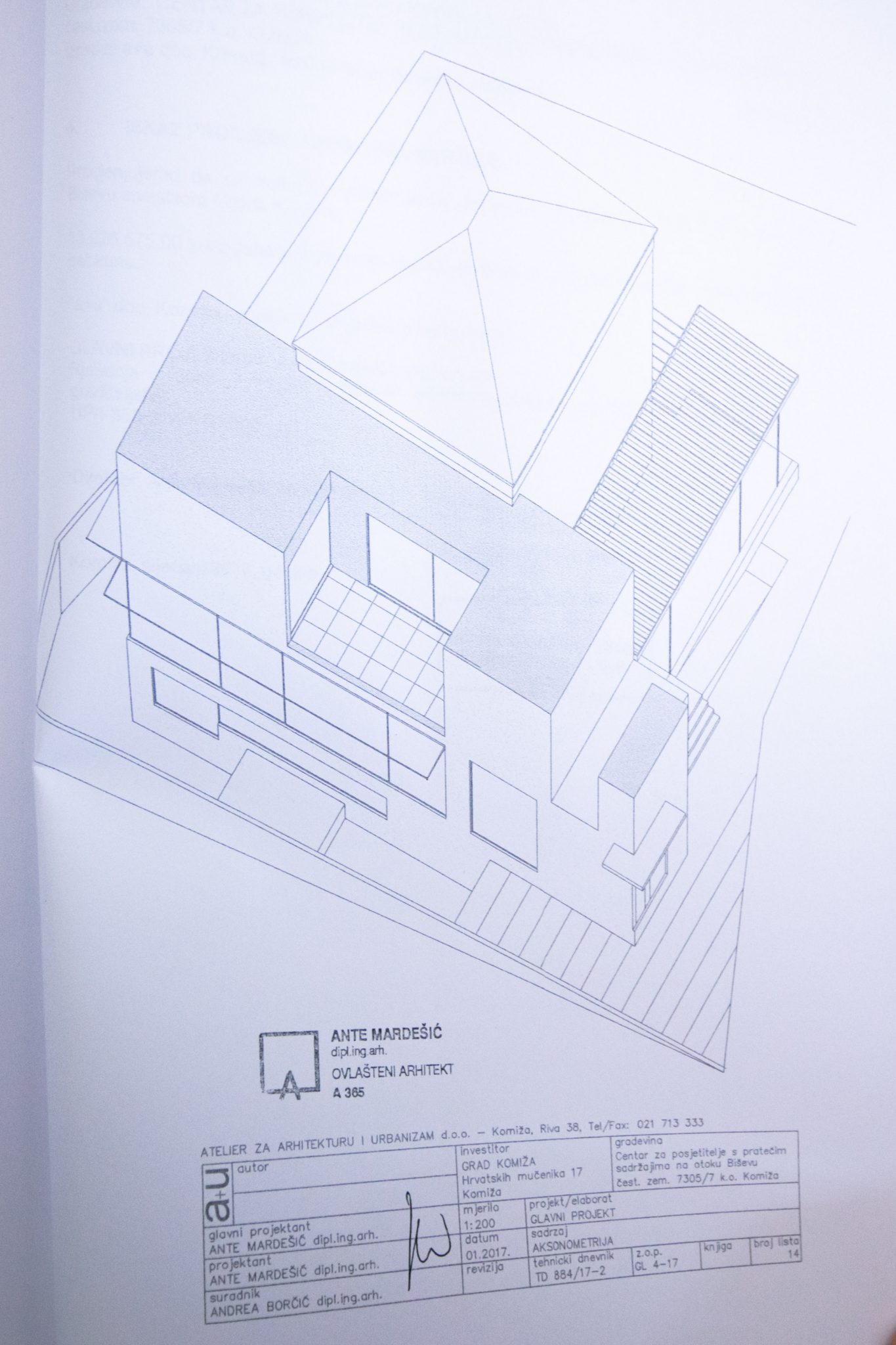Oznaka: Uncategorized {0}

Akcije i prijedlozi građanske inicijative

Knjigu Uspavano srce demokracije prof. dr. sc. Ivana Koprića moguće je kupiti na stranicama izdavača.
Zaštita krajolika i krajobraza
Zakoni, uredbe, kodeksi i konvencije
Nastanak Komiže preseljenjem Benediktinaca s Biševa
Najstariji dio današnjeg grada Komiže smješten podno vinorodnih padina sv. Nikole u narodu se naziva Selo. Smatramo, s obzirom na arhivske izvore i pisani povijesni slijed događaja, da je Komiža nastala u onom trenutku kada su Benediktinci sv. Nikole (nakon preseljenja s Biševa i podizanja novog samostana u komiškom zaljevu) počeli davati u zakup poljoprivredna zemljišta u obližnjoj uvali. Zakupnici, privlačeni iz unutrašnjosti otoka, počinju graditi svoje kuće stalno obitavajući u sada već novoformiranom naselju. Tijekom vremena broj stanovnika se povećavao, a naselje se širilo i spuštalo do obale, što je osim prvotnih poljoprivrednih aktivnosti, uvjetovalo nastanak nečeg puno važnijeg u daljnjem prosperitetu mjesta – okretanja moru i ribarstvu.
About Us
The Saving Bisevo Initiative is a non-governmental, non-profit, and apolitical association of inhabitants and islanders who are in love with the island as a reaction to the devastation of the Polje archaeological site, with the aim of preserving the cultural, historical and natural heritage and the sustainable development of this puckery pearl.
Goals
The objectives of the initiative are the appropriate valorisation of the comprehensive heritage of the island of Biševo and the management of the cultural and natural resources of the island through the implementation of a sustainable development strategy. As the Biševo landscape is one of the last examples of preserved medieval rural cultural landscape, we advocate for the comprehensive protection of the landscape landscape of the island, in accordance with the Strategy for the Conservation, Protection and Sustainable Economic Use of Cultural Heritage of the Republic of Croatia.
The historical cultural landscape of Biševo Island, created in the interrelationship of man and nature, is conditioned by the tourist accommodation and reflects the traditional spatial relations that illustrate the historical development of the local community. Also, given the enormous archaeological potential of Biš continuously inhabited since ancient times, the strategy for sustainable development of the island should, among other things, predict the management of the island's cultural and historical heritage by forming an archeological park on the site of the monastery and the church of St. Silvester.
Finally, the aim of the initiative is to inform the public about the sharp degradation of the cultural and natural assets of the island of Biševo following the breakdown of mass tourism. The archeological site of Poje, which was marked by the Benedictine church in the 11th century, has recently been devastated by illegal construction, while the development of unfinished local community projects is based on the theme of Modre Špilje, which is harshly exploited and whose monumental features are being questioned.
With this initiative, and in partnership with the Ministry of Cultural Heritage, we want to encourage (in the spirit of the Faro Convention) the balance between increasingly frequent public and private activities with the cultural and historical values of the island, in order to achieve the sustainable use of its cultural and natural heritage.
* The Faro Convention promotes an innovative approach to heritage, which implies that the whole heritage issue should not only be addressed by experts and public administration but by all citizens and society as a whole.
Do you have a constructive suggestion, praise or criticism? Send us mail »

Village of Poje (Napoje)
Iohannes Spalatensis, the monastery builder, has chosen the perfect geographical position of the island of Biševo, from which Christianity will spread to the eastern Adriatic coast. In the marvelous position of Biševska elevation, and on the ruins of an early Christian church, Ivan in the 11th century. it builds a new church around which the Poje village will later develop. But this is not the beginning of the settlement of this multilayer archaeological site. The oldest trace of human activity (if we skip the prehistory) is an antique villa rustica founded in the first centuries before Christ. The importance of this facility is perhaps best explained by the fact that it is one of two known rustic villas on our coast. The Romans could not bypass this fertile elevation, and they also intensively use the same location.
Over the remnants of the monastery, most probably during the baroque period, a small building complex of stone houses with a garden, which together with the church makes a very harmonious ambient-historical whole.
The island of Bisevo
Bisevo (italian: Busi) is an island in the Adriatic Sea, 5 km southwest of Vis; with Komiža it is connected by boat line throughout the year. Surface 5.91 km² with 11 inhabitants (2011). In 1961, there were 114 inhabitants (before World War II over 300) living in the Biševo area, living in eight small villages: Mezoporat, Vela Gora, Potok, Poje, Nevaja, Porat, Salbunara Gornja, Salbunara Donja.
Preporučamo pročitati
Ljetna lektira
Contact us
© 2017. — 2025. Udruga "Spasimo Bišòvo". spasimobisevo@spasimobisevo.org. Politika privatnosti.














